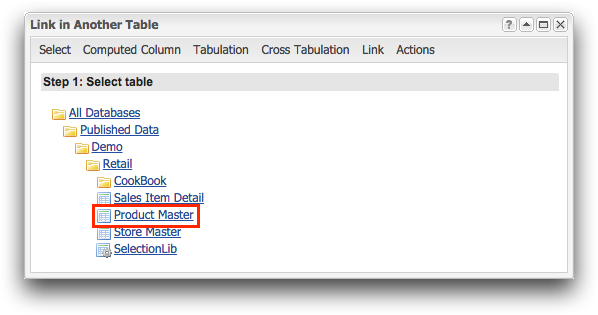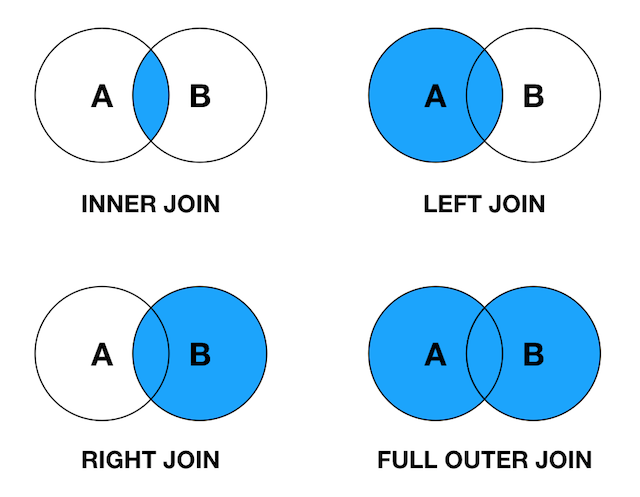

If the reason is that you think the limit on tables isn't that high, you're just wrong. (BI people: I'm looking at you with all your DimSomething and FactSomething tables too). If you have a bunch of tables with the same prefix, chances are you're using the prefix to group them. In the same way that you wouldn't keep all your files in one folder in Windows (or I presume not), you shouldn't keep all your tables in the same schema unless there aren't many.Īn easy test for this is the presence of prefixes. Schemas can work just like folders in Windows. If the reason is that you can't find them easily, I'll bet you aren't using schemas effectively. There's usually no great answer to the next question, which is why? Image by Ken Treloar "We wanted to reduce the number of tables"

When I ask developers why they've done this, there are many reasons, but the one that I dislike the most is: This is a table that holds many different types of entities. Today, I want to talk about the table to rule them all. There are so many downsides to this type of design but that's a topic for another day. If I ask you what is held in the ObjectID column, and you say "that depends upon what's in the ObjectType column", you'd better be building some sort of utility, not a relational database to support an application. If I look at one of your tables, and ask you what it holds, your answer shouldn't start with "It depends".Ī worse design is one where the same discussion happens about columns. A common problem is the creation of tables that hold many different types of objects. Next, click on the Browse button and find the Access file that contains the tables that you wish to link to. Then click on the Access button in the Import & Link group. To link to a table from another Access database, select the EXTERNAL DATA tab in the toolbar at the top of the screen. Often, I come across really weird table designs. Linking to a table from another Access database.
LINK TABLES IN IDATABASE SOFTWARE
I spend a lot of time with developers and with ISVs (Independent Software Vendors).


 0 kommentar(er)
0 kommentar(er)
